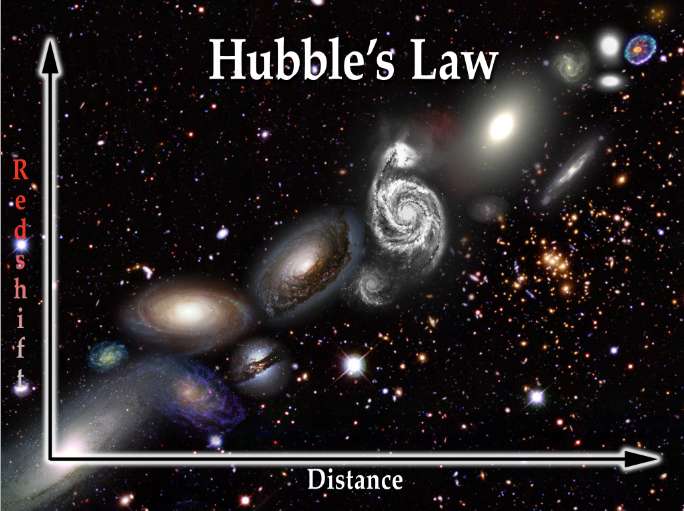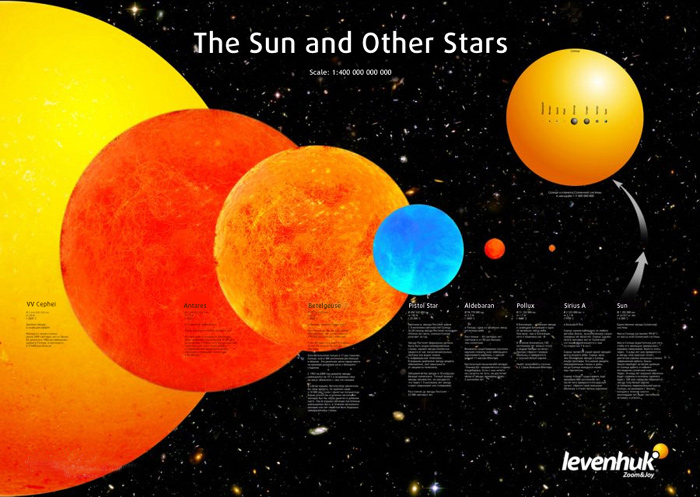distance
-

What is a Light-Year?
In my article, “Where Are We?” I showed you just how huge astronomical distances really are. There’s a reason people say that incredible things are “astronomical!” The image above illustrates how far Earth is from several faraway objects, including one…
-

What is the Hubble Law?
Last week, I teased you with the idea that it’s actually easy to estimate distances to galaxies. I do mean estimate — and distance indicators are still important. The Hubble Law is named for Edwin Hubble, the astronomer who was…
-

How Far Away are Galaxies?
Well, I’ll give you a spoiler: they’re ridiculously far away. Let’s consider for a moment what a light-year actually means. It sounds like a unit of time, but it’s actually the distance that light travels in one Earth year. Think…
-

The Average Star
What the heck is the average star like? We’ve talked about a lot of stars over the past few weeks. We’ve discovered the vast distances between the stars, looked more closely at what really makes a star bright, and covered all…
-

Stars and Proper Motion
Recognize this constellation? Well, at the time stamp of about 2000 AD (CE), I think you will. It’s one of the most famous constellations in the night sky. Well, technically, it’s not a constellation at all. It’s an asterism — a…
-

Where Are We?
In the 4th century B. C. E. (Before Common Era), scientists believed the Earth was the center of the universe. Before that, they were convinced the Earth was flat. Now, most of us know that the Earth is not the…
